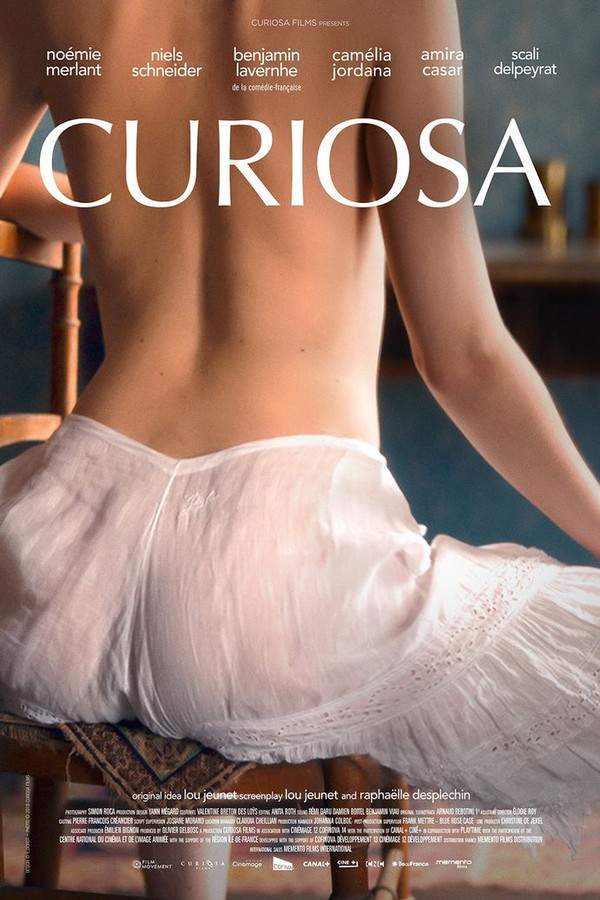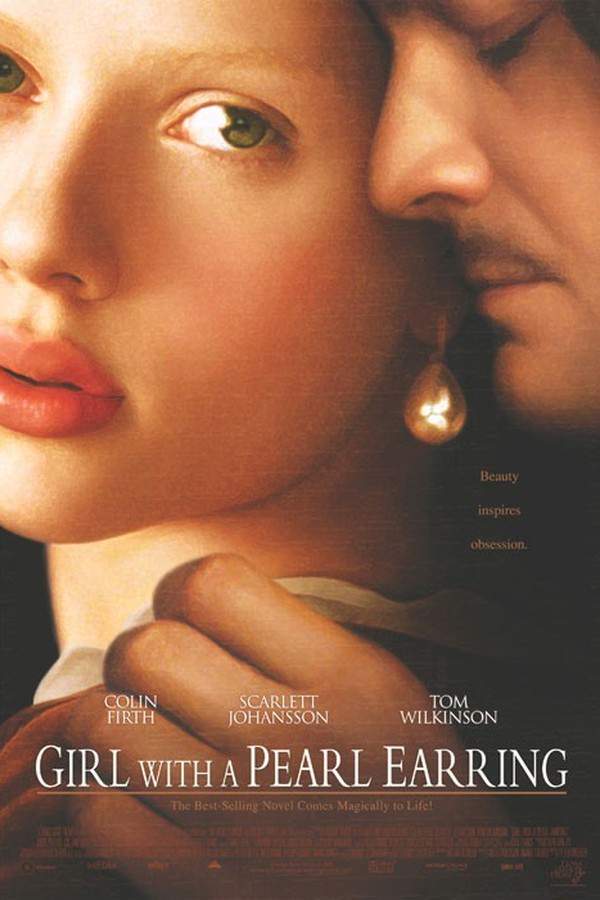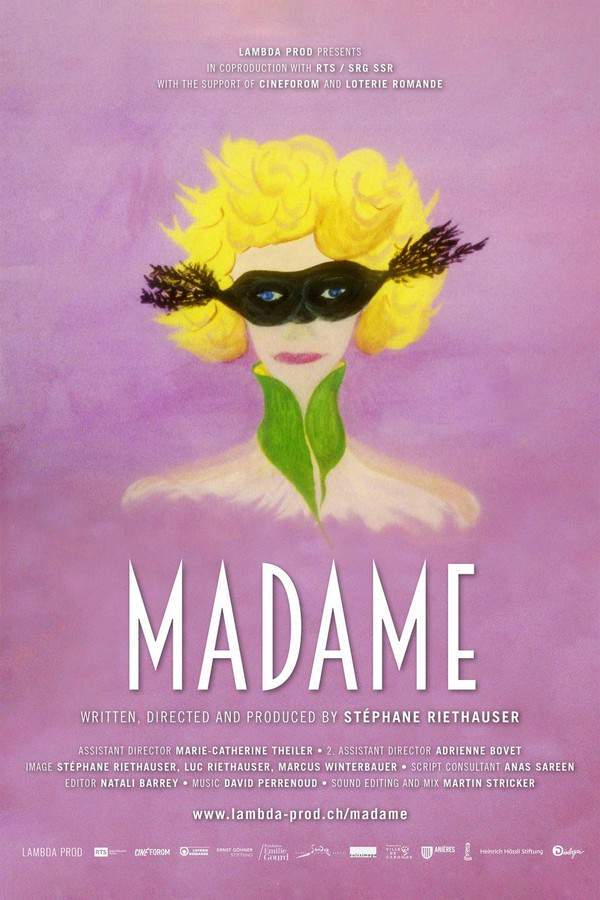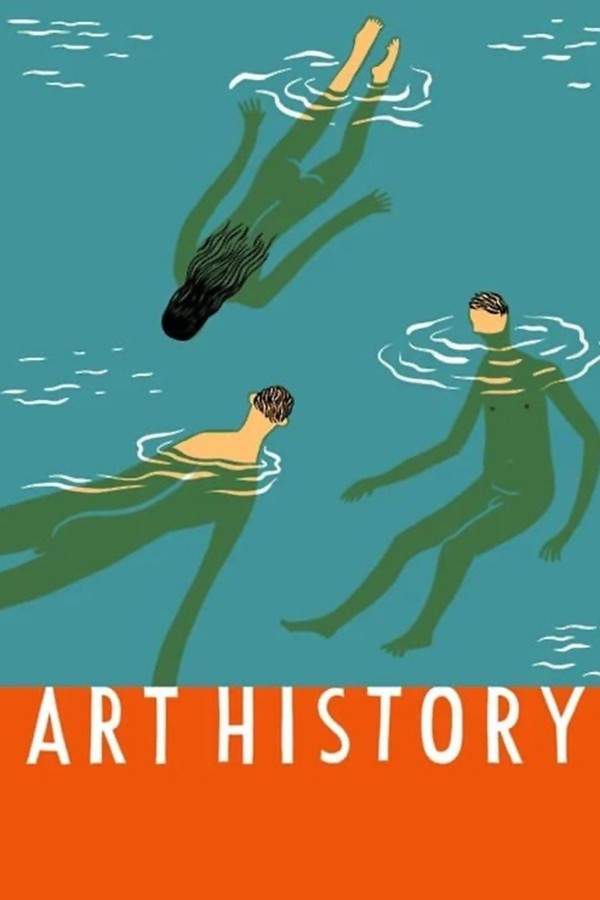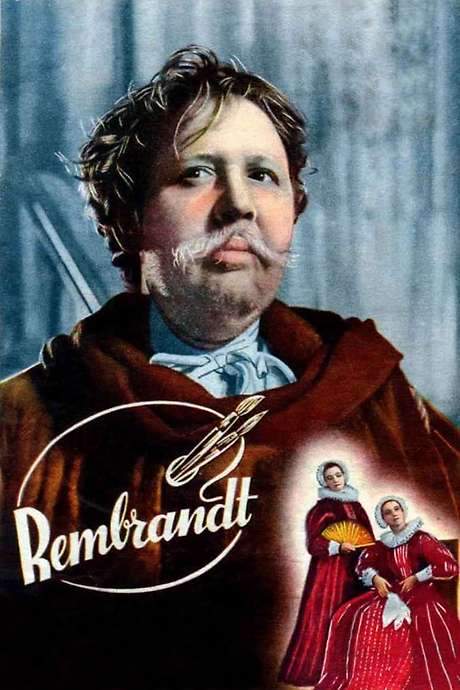Tulip Fever 2017
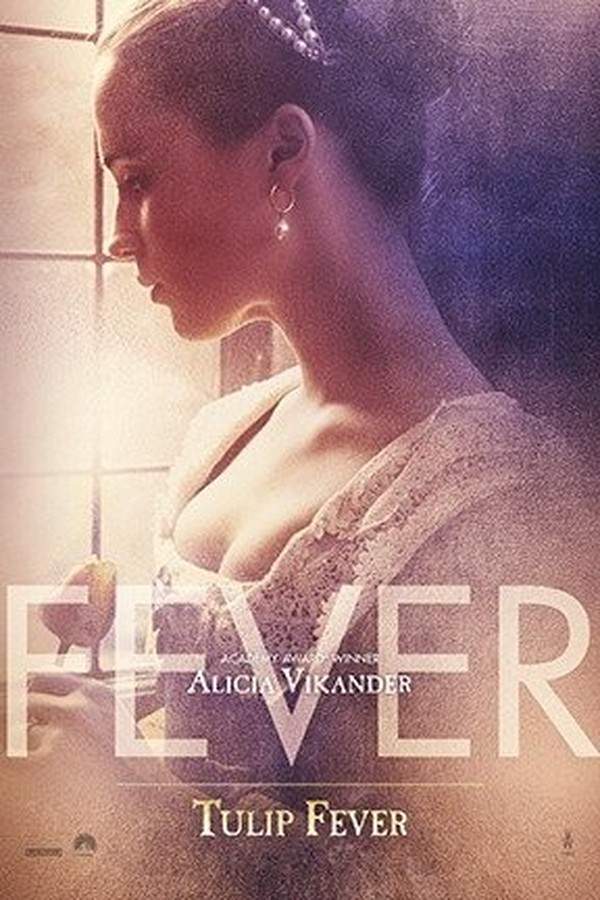
During the Dutch Golden Age, a young, unhappy noblewoman embarks on a passionate and forbidden love affair with a talented but impoverished painter. Their romance blossoms amidst the vibrant tulip mania that grips the nation, and threatens to destroy her arranged marriage and opulent lifestyle. As they navigate a world of secrets, ambition, and societal expectations, they must face the consequences of their desires and the risks of defying convention in this romantic drama.
Does Tulip Fever have end credit scenes?
No!
Tulip Fever does not have end credit scenes. You can leave when the credits roll.
Meet the Full Cast and Actors of Tulip Fever
Explore the complete cast of Tulip Fever, including both lead and supporting actors. Learn who plays each character, discover their past roles and achievements, and find out what makes this ensemble cast stand out in the world of film and television.

Douglas Hodge
Nicholas Steen

Kevin McKidd
Johan De Bye

Judi Dench
Abbess

Zach Galifianakis
Gerrit

Alicia Vikander
Sophia Sandvoort

Christoph Waltz
Cornelis Sandvoort

Tom Hollander
Dr. Sorgh

Jack O'Connell
Willem Brok

Joanna Scanlan
Mrs. Overvalt

Cara Delevingne
Annetje
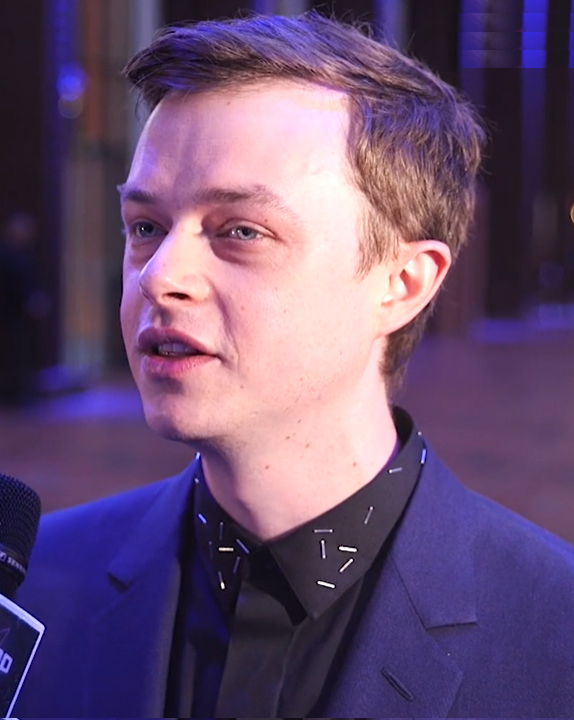
Dane DeHaan
Jan van Loos

Holliday Grainger
Maria

Matthew Morrison
Mattheus
External Links and Streaming Options
Discover where to watch Tulip Fever online, including streaming platforms, rental options, and official sources. Compare reviews, ratings, and in-depth movie information across sites like IMDb, TMDb, Wikipedia or Rotten Tomatoes.
Ratings and Reviews for Tulip Fever
See how Tulip Fever is rated across major platforms like IMDb, Metacritic, and TMDb. Compare audience scores and critic reviews to understand where Tulip Fever stands among top-rated movies in its genre.

The Movie Echo Score
In general, Tulip Fever excels in its visual presentation but falters in narrative cohesion and emotional impact. A combination of lush production design and capable performances is undone by a convoluted plot and uneven pacing that many found confusing or unsatisfying. Although a few supporting actors bring depth to their roles, the film’s storytelling struggles to develop its characters meaningfully. Consequently, the overall impression is of a film with striking aesthetics overshadowed by structural and emotional shortcomings.
The Movie Echo Score Breakdown for Tulip Fever

Art & Craft
In terms of art and craft, Tulip Fever presents consistently strong visual design and polished cinematography. The period sets and costuming evoke seventeenth-century Amsterdam with vibrant textures and carefully composed frames. Critics and users alike praised the lush color palette and detailed production elements. However, occasional directorial choices lead to pacing issues that undercut the momentum of some sequences. Overall, the visual craftsmanship stands out as a primary strength.

Character & Emotion
In terms of character and emotion, the performances offer uneven resonance throughout the film. Alicia Vikander delivers a nuanced portrayal that anchors the narrative, and supporting talents like Christoph Waltz and Judi Dench provide depth to their roles. However, several principal cast members are perceived as miscast or lacking emotional clarity, which undermines relationship dynamics. The overall result yields a mixed emotional impact that varies significantly by character.

Story & Flow
In terms of story and flow, Tulip Fever is hampered by a convoluted narrative and inconsistent pacing. Multiple plot threads are introduced without sufficient development, leading to moments that feel rushed or implausible. Critics cited overcomplicated twists that detract from the central drama, and users found the structure difficult to follow. Consequently, the film’s storyline struggles to sustain engagement or deliver coherent dramatic impact.

Sensory Experience
In terms of sensory experience, the film delivers striking visual moments but uneven auditory design. The musical score is present yet seldom distinctive, while some reviewers noted flaws in sound mixing that undermine immersive qualities. Visually, the color choices and set detail create a cohesive period atmosphere, though inconsistent audio balance can distract from key scenes. Altogether, the sensory elements evoke a mixed but predominantly visual-driven experience.

Rewatch Factor
In terms of rewatch factor, Tulip Fever offers limited appeal for repeat viewings due to its narrative complexity and uneven emotional payoff. The richly detailed visuals may invite a second look, but the convoluted plot and pacing issues reduce overall enjoyment on subsequent watchings. User accounts frequently describe the film as forgettable or underwhelming, suggesting a low incentive to revisit. Consequently, the film’s lasting engagement remains modest at best.

38
Metascore
4.5
User Score


10%
TOMATOMETER

42%
User Score

6.2 /10
IMDb Rating

65
%
User Score

2.8
From 33 fan ratings

3.00/5
From 2 fan ratings
Take the Ultimate Tulip Fever Movie Quiz
Challenge your knowledge of Tulip Fever with this fun and interactive movie quiz. Test yourself on key plot points, iconic characters, hidden details, and memorable moments to see how well you really know the film.
Tulip Fever Quiz: Test your knowledge about the romantic drama 'Tulip Fever' set in the 17th century Dutch Republic.
What time period does 'Tulip Fever' take place in?
16th century
17th century
18th century
19th century
Show hint
Full Plot Summary and Ending Explained for Tulip Fever
Read the complete plot summary of Tulip Fever, including all major events, twists, and the full ending explained in detail. Explore key characters, themes, hidden meanings, and everything you need to understand the story from beginning to end.
The story revolves around Sophia, an orphan being raised in a convent during the time just before the tulip mania swept across the Dutch Republic in the 17th century. She is presented with a marriage proposal from the much older spice merchant, Cornelis Sandvoort, which allows her to leave the convent, enabling her sisters to migrate to New Amsterdam to reunite with their only living relative, their aunt.
However, after three years of marriage, Sophia finds herself discontent as Cornelis seems solely focused on the desire for an heir, a wish that remains unfulfilled. He is haunted by a past decision involving his first wife, who died after miscarrying their first child. Feeling abandoned by God, Cornelis believes this is his penance for choosing the child over his wife.
In a bid to preserve his memory as a husband of a beautiful young woman, Cornelis hires a painter, Jan van Loos, to capture their likeness. Initially, Sophia agrees, but love unexpectedly blossoms between her and Jan. After exchanging notes and a romantic evening, their relationship deepens.
Amidst this, Maria, Sophia’s housemaid friend, is romantically involved with the local fishmonger, Willem Brok, who is thriving in the tulip trade. In pursuit of prosperity to marry Maria, he sells his business. When Sophia borrows Maria’s cloak for her secret meeting with Jan, it leads Willem to mistakenly believe she has been unfaithful. Heartbroken, he seeks solace in a pub, only to be robbed by a prostitute and subsequently conscripted into the Dutch Navy.
Jan harbors plans to escape to the New World with Sophia, encouraged by his own triumphs in the tulip market. When he tries to procure some bulbs from the convent, he is caught by the abbess, Judi Dench, but after apologizing, she unexpectedly gifts him the bulbs.
As complications unfold, Maria discovers her pregnancy resulting from her relationship with Willem. With Willem gone, she fears scandal and threatens to expose Sophia’s affair with Jan unless they devise a plan regarding the baby. Thus, they concoct a scheme where Sophia will feign death in childbirth, allowing her to flee with Jan, while Maria would raise the child as her own with Cornelis.
The ruse goes ahead, and after Maria gives birth, Cornelis is devastated to believe he has lost Sophia. Grieving deeply underneath her shroud, Sophia grapples with guilt for her deception, ultimately deciding to abandon her past life. When Jan attempts to locate her, his efforts are in vain.
Following Willem’s return from naval duty in Africa, he reconciles with Maria after realizing their love remained intact. Meanwhile, Cornelis learns the troubling truth about the conspiracy involving Sophia, Jan, and Maria. He chooses to find solace in the Dutch East Indies, leaving his household to Maria, Willem, and the child he grew to love.
Years later, the abbess visits Jan, admiring his artwork depicting Sophia. Praising his talent, she commissions him for further work. As he looks down from a scaffold, he is stunned to see Sophia, who has sought refuge in the convent, and they exchange meaningful glances filled with unspoken emotions.
Uncover the Details: Timeline, Characters, Themes, and Beyond!

Coming soon on iOS and Android
The Plot Explained Mobile App
From blockbusters to hidden gems — dive into movie stories anytime, anywhere. Save your favorites, discover plots faster, and never miss a twist again.
Sign up to be the first to know when we launch. Your email stays private — always.
Watch Trailers, Clips & Behind-the-Scenes for Tulip Fever
Watch official trailers, exclusive clips, cast interviews, and behind-the-scenes footage from Tulip Fever. Dive deeper into the making of the film, its standout moments, and key production insights.
Cars Featured in Tulip Fever
Explore all cars featured in Tulip Fever, including their makes, models, scenes they appear in, and their significance to the plot. A must-read for car enthusiasts and movie buffs alike.
Tulip Fever Themes and Keywords
Discover the central themes, ideas, and keywords that define the movie’s story, tone, and message. Analyze the film’s deeper meanings, genre influences, and recurring concepts.
Tulip Fever Other Names and Titles
Explore the various alternative titles, translations, and other names used for Tulip Fever across different regions and languages. Understand how the film is marketed and recognized worldwide.
Similar Movies To Tulip Fever You Should Know About
Browse a curated list of movies similar in genre, tone, characters, or story structure. Discover new titles like the one you're watching, perfect for fans of related plots, vibes, or cinematic styles.
Quick Links: Summary, Cast, Ratings, More

What's After the Movie?
Not sure whether to stay after the credits? Find out!
Explore Our Movie Platform
New Movie Releases (2025)
Famous Movie Actors
Top Film Production Studios
Movie Plot Summaries & Endings
Major Movie Awards & Winners
Best Concert Films & Music Documentaries
Movie Collections and Curated Lists
© 2025 What's After the Movie. All rights reserved.




















